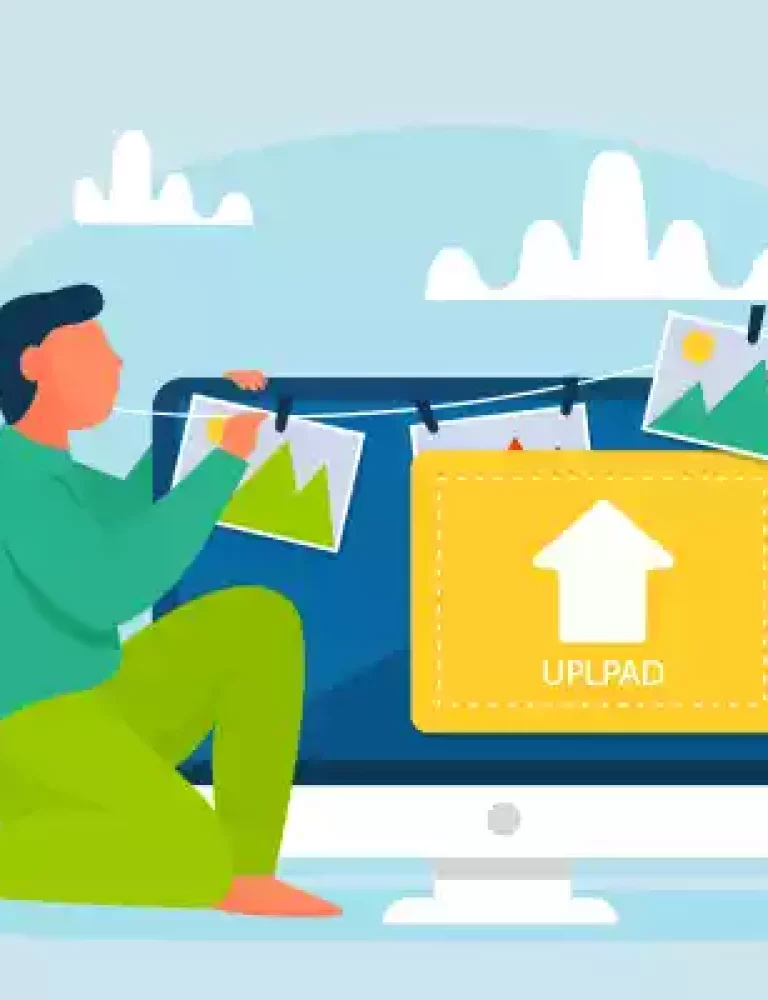Traditional and non-conventional education have their own merits and demerits. Though classroom learning is still preferred as a mode of teaching in many institutes, the popularity of online learning is slowly overshadowing traditional learning. As per Statista, 43% of U.S college students find digital learning technologies helpful. With growing demand, the interactive digital publishing industry is on the rise as well. Online learning offers interactivity, accessibility, and convenience that is making learning more engaging and stimulating.
Online Learning v/s Traditional Learning: Comparison
1. Accessibility of Content:
Foremost limitation of the traditional class is the possibility of accessing the session after the lectures. Students must attend the sessions to learn, hence imposing a restriction on knowledge transfer. However, online learning breaks this barrier letting them access content anytime, anywhere.
2. Personalization of Assessments:
About 92 percent of students worldwide are interested in personalized support and information on evaluation progress. Classroom learning enables personalization but limited to the learners physically present at the session.
Online learning allows professors to assess the course completion status of each learner individually, enabling them to focus on every learner’s scope of improvement.
3. Standardized Quality of Teaching:
Classroom learning has high human involvement, subject matter expertise of the professor and their ability to teach influences the quality of sessions delivered, which can never be standardized.
Online learning can, to an extent, address the issue by enabling the professors to create modules at their own pace and distribute them digitally. Furthermore, through Augmented Reality digital assets can be embedded later, making learning engaging and immersive.
4. Doubt Solving through Interactions:
Interactivity in classroom learning is limited to only one to one interactions between the professor and learners during the sessions. Online learning offers interactivity through features like chat forums or highlighting tools which notify the professor to clarify doubts a learner may have.
5. Interactive Learning Content:
6. Affordability for Learners:
Classroom learning comes with a set of pre-defined requirements and infrastructure costs. However, online learning is supportive and affordable. Publishers or institutes need to create content, enrich it with interactivity, and deliver it via a DRM-enabled platform to the audience. This emerges as an affordable choice for working professionals or students who are willing to upskill themselves, remotely.
7. Customizability of Content:
Classroom learning restricts the teacher’s ability to make necessary changes in the content and distribute it among the students. However, online learning facilitates the customization of content. With online learning, the professor can make the required alterations in the digital version and distribute it among the students, effortlessly.
Also Read: Interactive Learning Software
8. Scalability of Learning:
Online learning allows unlimited scalability when it comes to delivering content to a number of learners because it does not have any kind of physical interaction involved.
Classroom learning is restricted to the number of learners who physically attend the sessions. It does not offer the freedom of distributing subject content outside the sessions.
9. Portfolio of Offerings:
The traditional method of learning is restricted to space which institutions can provide and the time a professor can devote towards making an educational program for learners.
Online learning is not affected by the space an institution can provide, because it involves the creation of digital content and delivery directly, enabling institutions to offer a wide range of educational programs to learners.
10. Analytics on Consumption:
Tracking the content consumption of every individual learner through analytics may not be possible in classroom learning.
Whereas technology-enabled learning enables the mentors or professors to track content consumption by the students and to take actions out of the insights derived.
Conclusion:
As of 2018, most governments have allowed all higher education institutes to provide degree and diplomas via online learning programs. This can be seen as a big opportunity for educational institutes and digital publishers.
Educational institutions should realize the tremendous potential online learning can provide and should be a part of this technology-enabled learning revolution. Institutions should partner with credible digital textbook publishing platforms offering custom eLearning solutions, interactive digital publishing, and legacy course conversion, to offer online learning courses along with their regular classroom learning.
To know more, please write to us at kitaboo@hurix.com or Request a free demo .
Suggested Reads:
- 10 Best Andriod ePUB Readers
- 5 Best PDF eBook Readers for Windows and Android Users
- 11 Best Ebook Creation Softwares
- Top 10 Corporate Training & Development Trends
- Top 3 Ways to Convert Physical Books to Digital Textbooks
- Top 7 Reasons Digital Publishers Opt For ePUB
- Best Publishing Platforms for Indie Authors
- Best Digital Publishing Platforms for Your Business
- Trends in Education Technology
- Kitaboo eReader
- Know How To Create an Interactive eBook For Digital Publication
DISCOVER HOW AN INTERACTIVE EBOOK PUBLISHING & DELIVERY PLATFORM CAN HELP YOU
Kitaboo is a cloud-based content platform to create-publish & distribute interactive mobile-ready ebooks.
You May Also Like
-
How Can eTextbooks Help K-12 Publishers, Institutes & Students
Education Technology / September 19, 2019









